Oh, shoot!The source and yours mispell Morocco as Morroco.
I didn't notice that.
Fixable.
UPDATE: It's fixed, now.
Last edited:
Oh, shoot!The source and yours mispell Morocco as Morroco.

Map of Europe just before the start of the Second Great War
Note: Credit goes to Condottiero from DeviantArt for the original template. I also used some ideas from EmperorTigerstar. I made some closer-to-reality changes to the map and included some nations that briefly existed between the late 1910's to early 1920's. Perhaps some of them may have survived a little while longer, if not for the rest of the 20th Century. I don't know if the Soviet Union would have existed had the Central Powers won, but it's stated in Dr. Turtledove's books that the Russian Empire is still around.
Light-grey colored nations are those that are German puppet states to varying degrees.
Light-green colored nations are those that are Ottoman puppet states to varying degrees.
Fuschia colored nations are those that are Austro-Hungarian puppet states to varying degrees.
View attachment 518444
What do you guys think?
I have my personal doubts about Cyrus and Egypt coming under Ottoman influence. They got a million problems to deal with, and Egypt and Cyprus only add gas to the fire.
The Great @Joshua Ben Ari have spoken on this.
1: Maybe making it clearer that the Netherlands is under German economic domination.
2: Federal Austria, I'm not sure how likely that is as there was little support for it pre-war and post-war Austria would not be willing to give an inch.
3: I'm not sure about the Caucuses, however. I doubt the Mountainous Republic or Georgia would survive as independent states with Russia glaring down at them, but Azerbaijan likely would manage to survive. Armenia might just be annexed entirely by the Ottomans rather than be spun off as their own state, as the Armenian genocide ramps up.
4: Tunisia might be ceded to the Italians (or sold, either or), while the Germans might push for an independent Morocco or replacing the French influence on the country with their own.
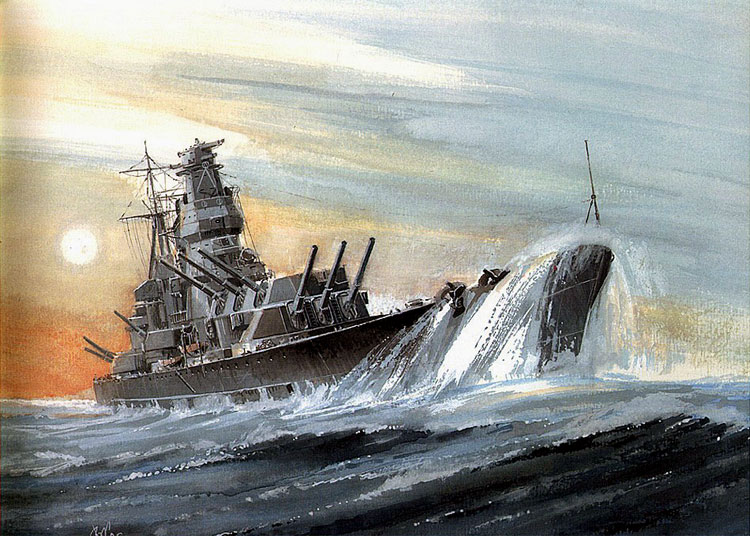

Very cool.Another Graphic for TL-191.
A US Navy World Capital Ship identification chart from August of 1941.
Amazing how after the naval humiliations of the first two wars, the Great War made the United States the greatest naval power on Earth.Another Graphic for TL-191.

A US Navy World Capital Ship identification chart from August of 1941.
I like the chart, but isn't the Akagi and Hiryu names on the wrong ships. I mean both of them had their Island structures on the port side, but the Akagi was the one built on the hull of a battlecruiser, while the Hiryu was built from the keel up as an aircraft carrier.Another Graphic for TL-191.

A US Navy World Capital Ship identification chart from August of 1941.
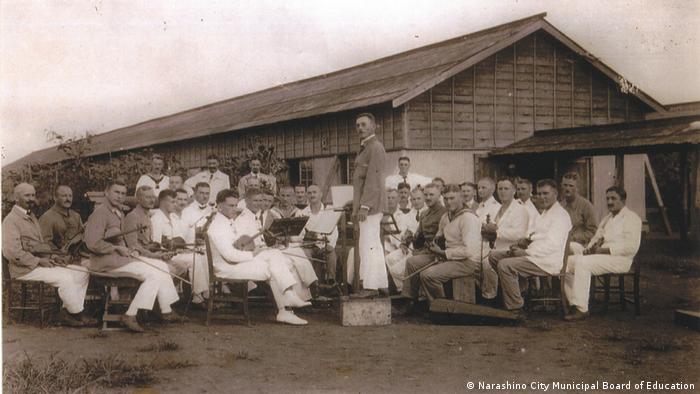

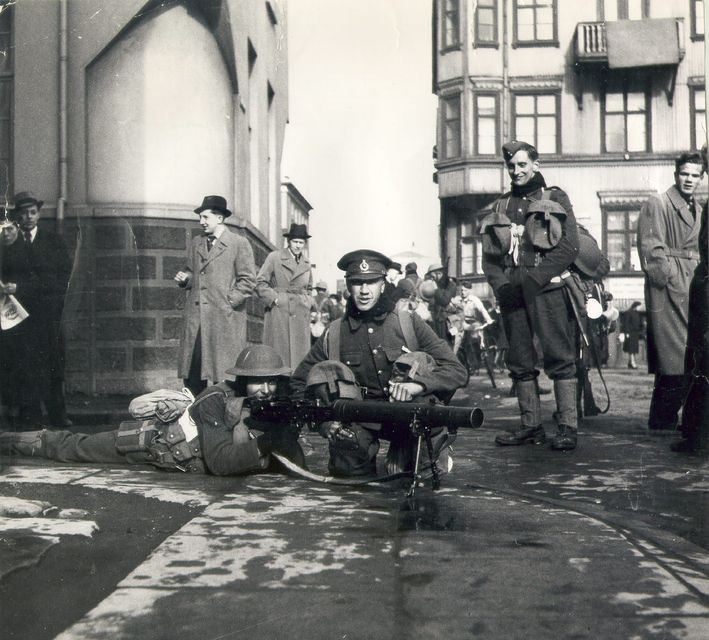




Good stuff Marlowski.The Story of the 1st Honor Guards Motorized Divison of the President Jacob President

A blurry photograph of three soldiers from the 1st Honor Guards Bridgade of the President Jacob President on a military exercise outside of Richmond, circa December of 1935. Note that they are wearing brown overcoats on top of their grey uniforms.
During the days of when the Freedom Party was building up to it's final victory in 1933, Jacob Featherston would be guarded a special unit of Stalwarts called the Freedom Party Guards, which was led by a man named Joseph "Fitz" Locke. Following his rise to power, Featherston would reform a section of the Freedom Party Guards until a specialized unit that was to guard him and the Grey House, it was named the 1st Honor Guards Regiment of the President Jacob Featherston or the HGRJF.

A photograph of Brigade Leader Fitz Locke, circa 1938.
View attachment 520082
The emblem adopted by the 1st Honor Guards Regiment in 1934 was a white key on a blue shield, which was inspired by the surname their commander. Aside from being worn on the should sleeves as patches, this emblem would also be painted onto the unit's vehicles.
The unit's uniform while guarding the Grey House was a grey uniform that was heavily influenced by the Confederate Army Uniforms of the War of Secession, and until 1937, would wear the Brodie Helmet in grey until being replaced by the Sydenham Helmet, which was also painted in grey.

An M-1937 Helmet from the 1st Honor Guards Dress Uniform from a private collection, circa 2017.
Throughout the 1930s, the Honor Guards would grow in size, from a regiment, to a brigade, and in November of 1940, would be made a full division and would be reformed as an motorized infantry division as well. By this time their combat uniform would change from Confederate Grey to camouflage uniforms (though many of the Division's officers would retain their grey uniforms. In 1937, the unit would take part in the invasion of Louisiana , in which the men would engage the State Police and the Longist Militia and would also imprison and execute many of the state officials. The Honor Guards would also be heavily involved of quashing Willy Knight's coup by arresting Knight and many of the associates and even executing some of them at Georgia State Prison.

Members of the 1st Honor Guard in Ohio during Operation Blackbeard, circa 1941.
When Operation Blackbeard was unleashed in August of 1941, the 1st Honor Guard Division would be deployed to the western sector of the operation, in which they would be involved in the fighting around Northern Cincinnati, Dayton, and even advancing as far as Prattville in southern Michigan. There, the unit would infamously commit the Prattville Massacre*, which they would execute 80 captured Union soldiers in a barn near the hamlet under the orders of Assault Band Leader William Morris**. After about a month around Prattville, the Division then attempted an advance towards Lansing (as part of a plan to encircle Detroit) alongside the Regular Army's 2nd and 21st Infantry and 7th Armored Division, but only advanced as far as the banks of the Grand River, which was situated between Lansing and the city of Jackson Michigan before being order to halt by none other than The Snake himself. Thus proving to be the furthest north that Operation Blackbeard ever got, and the Confederate forces were then ordered to fall to back to the city of Jackson to which they stayed there until November of 1941 when they were pulled off from the front for rest and refit in Dayton. In the Spring of 1942, the Honor Guards Division would be ordered to take part in Operation Jupiter, which was a Confederate attempt to encircle the city of Detroit, but they were stopped dead in their tracks in the Battle of Fowlerville on May 19th. Following a period of refitting following the Operation Jupiter debacle, the division would be committed to Operation Coalscuttle and would fight in the area south of Pittsburgh, getting involved in fierce fighting around the towns of Washington, Monongahela, and Donora, which was the fighting in Donora was considered a "Little Pittsburgh" due to the intensity of the fighting. Following the Battle of Donora, the badly depleted division would be transferred out of the Pittsburgh region and would spend five months in Tennessee for rest and refitting. During the Union Counter-Offensive known as Operation Rosebud, the Division would be deployed to try and halt the advance of the Yankees, but were forced back across the Ohio, where they would attempt to stop the Union Offensive, but were battered during the Union Army's drive through Kentucky and Tennessee, fighting around the regions of Lexington and London Kentucky and in the region of Knoxville Tennessee.

The corpses of the colored soldiers of the Union Army in the snow near the town of Newport, Tennessee, circa January of 1944.
On January 14th, 1944, the unit from the Honor Guard led by John Piper**** would commit one of the most infamous war crimes of the war***. Following a skirmish in the town of Newport Tennessee, the Freedom Party Guards unit would capture about 100 black soldiers from the Union Army 285th Field Artillery Observation Battalion. Piper would order them out on to an open field near the town and would order his machine-gunners to shoot them, killing 84 of the POWs. A few days later after the Confederates left the area, the graves would be discovered by the Union Army and after the war, a trial would be held where Piper was found guilty of the crime and would be sentenced for 30 years hard labor, but was released in 1962 and was eventually killed by the Black Panthers in 1977.
In the last months of the war, the 1st Honor Guards would be split up, with one detachment under Morris being involved in the fighting in and around Richmond, which they fought on until finally being defeated in April of 1944. The 2nd Group under Brigade Leader Howard D. Wilkes would fight against the Union Army in North Carolina, fighting within the vicinity of Charlotte, Albemarle, and Fayettesville before ultimately surrendering to the Union Army at Fort Bragg in June of 1944. After the war, Fitz Locke would be brought to trial at the Nashville War Crimes Tribunal and was charged with a life imprisonment sentence, and would eventually die in prison in 1962.
============================================================
Inspirations:
1st SS Panzer Division Leibstandarte SS Adolf Hitler
Josef "Sepp" Dietrich
* = Wormhoudt Massacre
** = Wilhelm Mohnke
*** = Malmedy Massacre
**** = Joachim Peiper
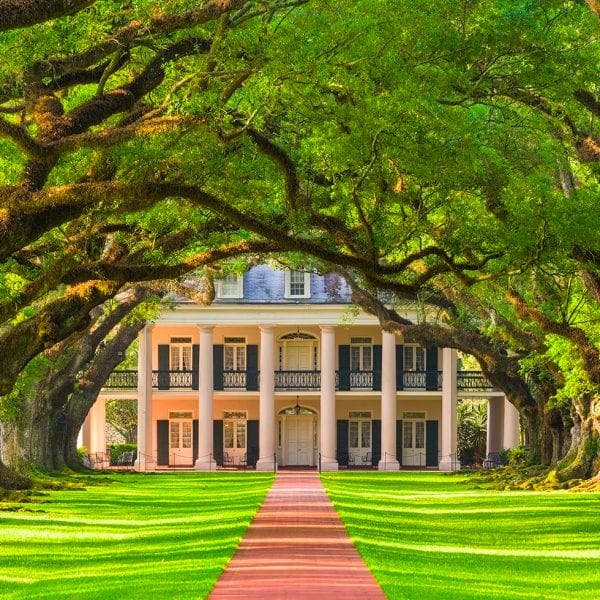




I've heard about the OTL story you based this on, good job.The Battle of Oak Alley PlantationOak Alley Plantation is a historic plantation located on the west bank of the Mississippi River, in the community of Vacherie, St. James Parish, Louisiana, USA. Oak Alley is named for its distinguishing visual feature, an alley or canopied path, created by a double row of southern live oak trees about 800 feet long. After the assassination of Louisiana’s dictatorial but beloved governor Huey Long under orders from C.S. President Jake Featherston, Oak Alley was used a prison for high ranking Radical Liberals and other members of the deposed Longist state government deemed valuable to the government in Richmond in order to keep the Louisianians from rebelling against them which didn’t work (including Long’s own wife Rose Long and his son Russell Billiu Long). During the Population Reduction, the plantation was used as a waypoint for transporting Black Confederates and others deemed unfit to live by the Freedomite regime to the death camps (all the while still being used a a prison for Longists) although a good number of those destined for the camps were actually interned at Oak Alley permanently to be used for menial labour around the plantation.
On July 15, 1944 (after the death of C.S. President Jake Featherston on July 7, 1944), the prisoners and labourers, led by Russell, launched an uprising against the Confederate soldiers guarding them. The soldiers were completely surprised by this and were quickly overwhelmed with the prisoners and labourers grabbing their weapons as well as breaking into the plantation’s arsenal of military equipment (the labourers quickly and summarily executing the all guards).
However, nearby unit of the Freedom Party Guards, numbering 150 men, who were patrolling nearby marched on the plantation in order to recapture it. At the same time, a detachment of the 104th barrel battalion of the 19th United States Army under the command of U.S. Army captain Elliot J. Preston teamed up with a platoon of muntying Confederate soldiers, who surrendered to Preston’s group three days earlier at Vacherie, under the command of major Hayden Gallagher (Who has been collaborating with the Louisianian Partisans) to rescue the prisoners and labourers of Oak Alley.
Captain Ellioet James Preston (left). Major Hayden Gallagher (right).


 Members of joint Union-Confederate forces who defended Oak Alley Plantation (top). Freedom Party Guardsmen attacking the plantation (upper-centre). Gallagher’s Mutineers fighting Guardsmen in the nearby forests (lower-centre). Union troops defend their positions against the FPG (bottom).
Members of joint Union-Confederate forces who defended Oak Alley Plantation (top). Freedom Party Guardsmen attacking the plantation (upper-centre). Gallagher’s Mutineers fighting Guardsmen in the nearby forests (lower-centre). Union troops defend their positions against the FPG (bottom).
It was Major Gallagher who presented to mission to Preston. Gallagher has been informed of the situation at the plantation by the Black cook there who had meet up local Louisianian partisan resistance fighters who had joined up Gallagher’s men and now saw the major as their leader.

Louisianian partisans nearing the plantation.
The joint Union-Confederate-Partisan force arrived at Oak Alley and helped the prisoners and labourers set up better defences of the plantation including; setting up positions in strategic locations such as the roof, parking a Confederate Army tank at the plantation’s front gate to cover the road, and planning strategies to defend the plantation against the inevitable FPG assault.
That night, a small reconnaissance group of Freedom Party Guardsmen launched a probing attack on the Oak Alley Plantation to test the strength of their enemies with the defenders responding in kind.
At dawn the next day, the real battle for the plantation began with the Guardsmen using a 6-pounder anti-tank gun to knock out the tank at the gate and destroy part of the plantation. Throughout the whole battle, the Freedom Party Guardsmen where able to wound or kill several of the defenders, including Major Gallagher himself who saved the life of Russell B. Long from an incoming sniper’s bullet.
The battle ended in an victory for the defenders when reinforcements from 25th Infantry division of the 19th United State Army arrived and forced to surrender of the Freedom Party Guardsmen.
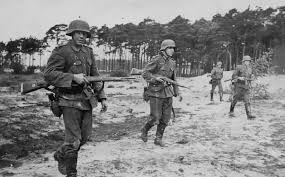
Members of the 25th division advancing towards Oak Alley Plantation.
Thank you very much.I've heard about the OTL story you based this on, good job.